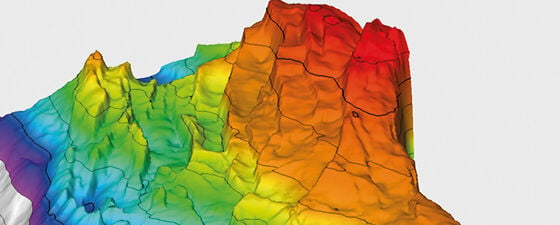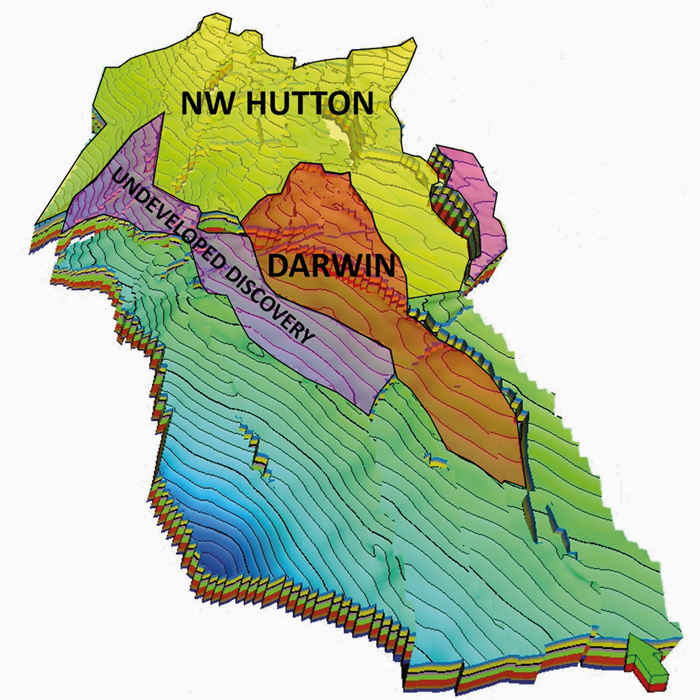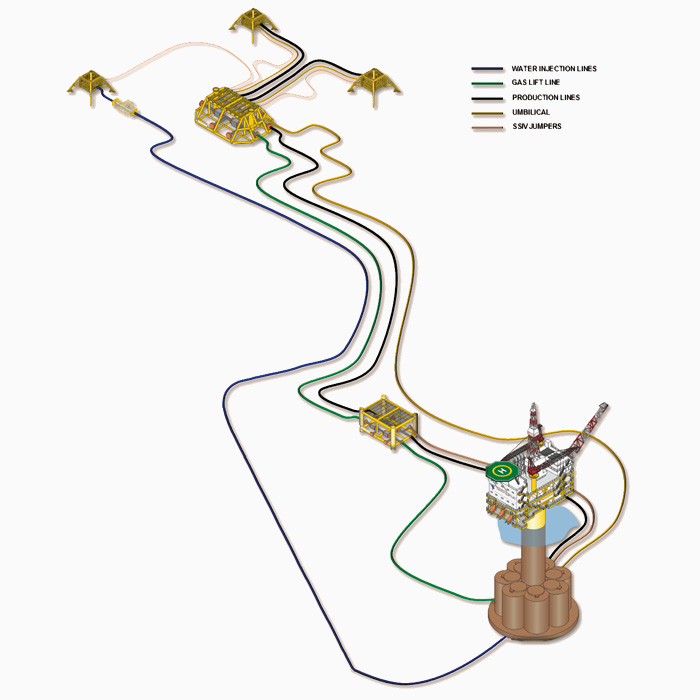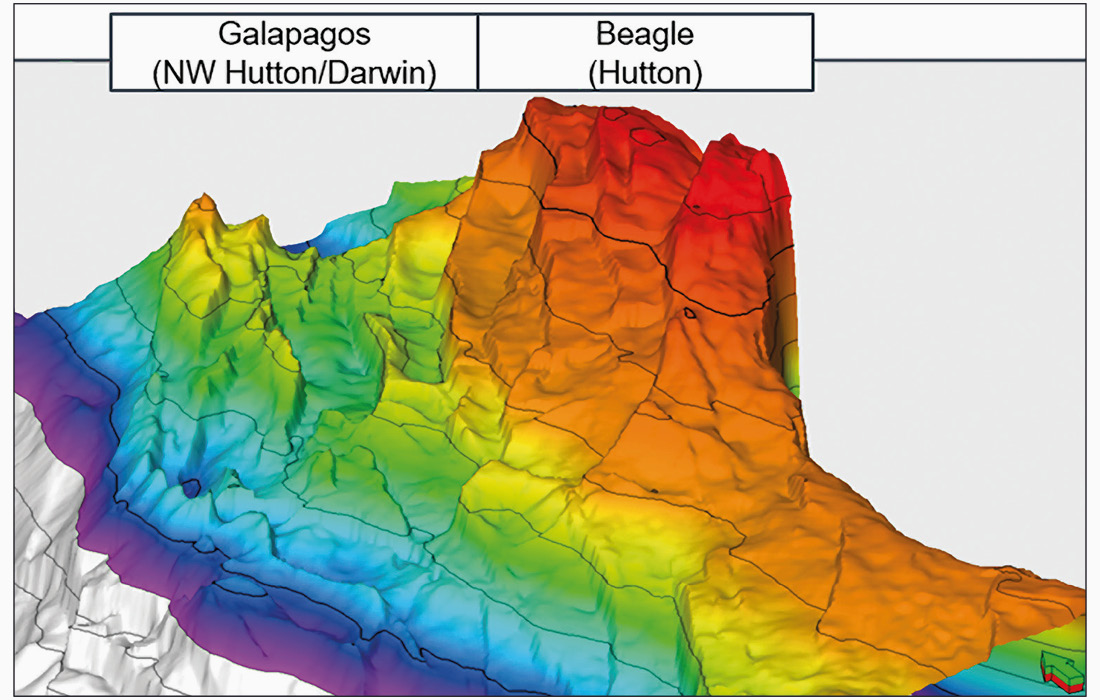Maximising Economic Recovery (MER) – the race to exploit oil where oil has already been found – is nothing new. In the US, the ageing long-forgotten fields and acreages both on land and shallow state waters have seen significant activities over the last ten years – a quiet revolution during the shale boom era. Across the world, similar trends were seen dotted across hydrocarbon basins in Latin America and Russia, with South East Asia and West Africa recently jumping on the bandwagon. Closer to home in the North Sea, the brownfield revolution started in the early 2000s with great fanfare, with redevelopment of brownfield sites at Forties, Dunlin and Don taking centre stage.
Nevertheless, the maxim of “the best places to find oil are in spots where it’s already been found” is never more relevant than in present times, where recurring cyclical conditions such as depressed oil price and challenging market fundamentals are again upon us. The adage of ‘safe bets in brownfields’ has been clearly evidenced, with close to $10 billion-worth of assets changing hands in the last five years. The common theme of going back to brownfield sites remains the same today; improvements in technology and the abundance of proven hydrocarbons left behind makes it attractive and clearly seen as a hedge against the risky boom and bust prevalent in our industry.
Tieback Opportunities
In focus in this article is the Brent Province in the Northern North Sea of the UKCS, a world-class prolific play, explored and exploited principally in the 1970s–1990s. The backdrop for this activity was the industry cutting its teeth in drilling and development techniques and the emergence of 3D seismic acquisition and processing. To further add to the mix, the economic environment was of generally low oil price and increasing costs due to safety upgrade requirements following the Piper Alpha disaster. The resulting legacy is a series of giant Brent oilfields with associated infrastructure that are rapidly approaching Cessation of Production (COP) in the next decade or are already decommissioned.
Where successful development campaigns were employed, high recovery factors have been achieved. Benchmarking highlights this trend and identifies fields which are not realising their present potential as an opportunity for redevelopment. Bridge Petroleum Ltd (Bridge) has identified the prematurely decommissioned Galapagos (North West Hutton) and Beagle (Hutton) fields as such an opportunity, together with a raft of other infrastructure-led tieback opportunities.
The establishment of a tieback of the Galapagos field, with 81 MMboe 2P certified resource and further upside potential in the region of 60 MMboe, is MER in action for this mature region of the UKCS. The tieback will have multiple benefits to the region, with the potential to reduce OPEX per barrel costs on host infrastructure and terminal. It will further extend the life of these mature assets, allowing for increased base production, additional incremental development projects and further tieback opportunities to nearby accumulations which would otherwise be deemed marginal to develop as a standalone.
Revitalising the Galapagos Field
The North West Hutton part of the Galapagos field was discovered in 1975 and developed in the 1980s–1990s. In 2012, successful appraisal wells on the southern Darwin extension proved continuation and communication of the field to the south (Figure 2). Evaluation of production data finds the historic development only achieved a 14% recovery (from 883 MMbo in place), leaving a significant undeveloped prize when compared against a benchmarked 30% expected recovery.
To understand the recovery shortfall, forensic analysis of historical well data revealed that well operational issues were significant and appear to be the major underlying factor in the field’s low recovery – an artefact of old technology and historical know-how to address field challenges deemed common today, rather than due to poor rock quality. Over 20 years on, standard mitigation methods are commonplace, using mature proven technologies. In addition, the development strategy suffered from inefficient placement of injectors to provide pressure support to the producer wells, resulting in poor reservoir sweep and low voidage replacement ratios. A significant factor contributing to this was the very poor historic seismic, resulting in suboptimal well placement and missed attic potential. However, where suitable placement of producers and injectors occurred, good localised sweep and recovery was achieved. Due to the excellent multi-Darcy reservoir quality within the Middle Jurassic Brent Formations (Figure 3), top historical producers in the field can produce at very high initial rates and deliver around 15 MMbo from near-vertical wells.
Remapping of the field with new seismic data together with integration of production and well data highlights the field is a series of terraces on the flank of a large, tilted fault block (Figure 2). Each terrace is large (some over 100 MMbo in place) and provides discrete development regions with internal, terrace-wide pressure communication. Remapping of the new seismic also allows, for the first time, the identification of a smaller scale fault set within these discrete terraces, which have proven crucial in understanding the sweep pattern from the original development well stock. Further insight on the internal ‘plumbing’ of the reservoirs has been gained by integrating detailed sedimentological analysis. Core and well data confirm that all the formations of the Brent Group are present and acting as reservoir units and that the depositional environment has a significant control on reservoir quality, distribution and connectivity (Figure 3).
By combining the new insight from the remapped seismic data, insight gained from historical production data and incorporating reservoir architecture and properties from studies into geocelluar models, Bridge has been able to achieve the first known full field history match on this field. This is a powerful tool, enabling identification of numerous untapped and underdeveloped regions of the field that provide low risk well targets, prime for redevelopment.
A mature hydrocarbon province such as the Northern North Sea of the UKCS provides the opportunity for production offtake via tieback to existing infrastructure. Fields in the region that have produced at peak rates of hundreds of thousands of barrels of oil per day are now at the tail end of production in the region of 10,000 bopd, resulting in inherent capacity and redundancy. Feasibility studies conducted by Bridge in the region identify that with minor modifications there are viable tieback options which provide services to the development and entry into the regional pipeline infrastructure to access the Sullom Voe terminal in the Shetland Islands (Figure 4).
Beagle Field Opportunity
Once tieback infrastructure is in place then the door opens to exploiting the remaining resource base in the region and previously uneconomic accumulations now have a clear line of sight to development infrastructure. Bridge has been actively working the region to identify such opportunities, one of which is the Beagle field (Hutton).
The experience and knowledge gained from working the Galapagos field redevelopment opportunity very quickly highlighted potential in the region. The obvious candidate is the now decommissioned Hutton field, renamed as Beagle. This was discovered in 1973 and developed in the 1980s–1990s and was still producing just under 10,000 boepd before it prematurely ceased production in 2001. Part of the same large, tilted fault block as Galapagos, the Beagle field shares many similarities in both structure and Brent reservoir (Figure 5). The field is again subdivided into large terraces and the reservoir units are directly correlative to wells in the adjacent Galapagos field.
Bridge is conducting a work programme to evaluate the full remaining potential of the Hutton field, which again has not achieved its benchmark recovery potential. Well targets have been identified that would currently be tied-back into Galapagos infrastructure. However, it is anticipated that results of ongoing analysis, including the impact of gravity segregation post-COP, may yield potential resources to allow an independent tieback if required.
MER – The Road to 2050
This mature region of the UKCS is rapidly reaching a critical point where loss of fields and pipelines through COP and decommissioning of fields and pipelines will occur. The loss of infrastructure will leave undeveloped reserves and discoveries together with undrilled prospects stranded without any economic development potential. Further reserves and infrastructure are needed in the region now to arrest this decline.
Bridge’s analysis highlights that the recovery potential of both Galapagos and Beagle has not been achieved in the historic developments and remaining resources are sufficient to provide an economic redevelopment. Infrastructure associated with these redevelopments will be an enabler for the UK MER strategy in an area that has not previously been under the lens of infrastructure-led exploitation. Numerous discoveries and a low risk prospect have been identified within a short distance of tie-in points of the proposed full field Galapagos and Beagle developments. As a result, Bridge have identified a risked resource potential of 185 MMboe that can be targeted across these two adjacent licences. The additional tie-in hub value from surrounding fields has not been finalised but is estimated to be around 200 MMboe, and the potential for pushing back COP dates for the tie-in fields is significant, which in itself will allow further base production from the existing well stock and potential to endorse new well campaigns and MER activities. These volumes may also allow for reduction in cost per barrel throughout the infrastructure pipeline all the way back to Sullom Voe. This would benefit the region as a whole, acting as a catalyst for maximising economic recovery with further exploitation of mature fields and retaining infrastructure presence for any other future tieback opportunities in this highly prolific oil region.
As the UK goes through a once-in-a-century energy transition phase, focusing on tiebacks would not only help the economic viability of redevelopment of these brownfield and stranded licences, but would also reduce the environmental footprint when compared to installing significant new infrastructure in the region.
Brownfield redevelopment is no fad and is here to stay, as the old oilfield maxim keeps proving true time and time again: “The best places to find oil are in spots where it’s already been found”.










